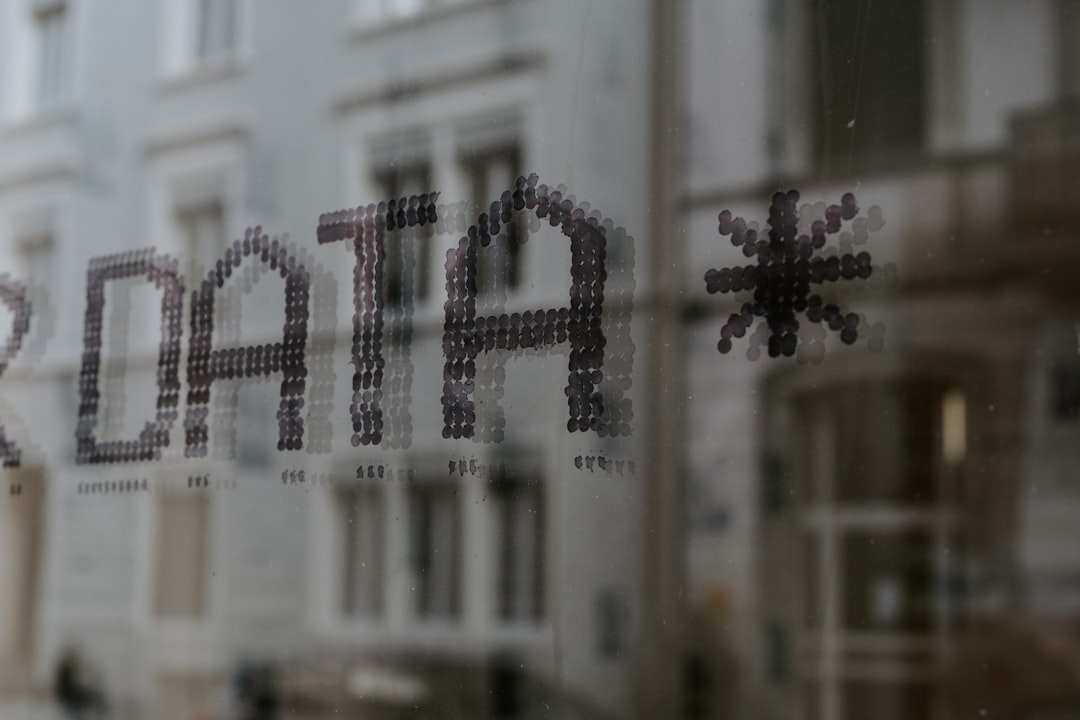As organizations continue to expand their digital capabilities and workforces become increasingly remote, the importance of secure and efficient remote access solutions has never been greater. Businesses today must choose between two primary types of remote access solutions: managed and unmanaged. While both serve the fundamental purpose of allowing users to remotely interact with resources on a corporate network, they differ significantly in aspects such as security, control, support, and scalability.
This article explores the key differences between managed and unmanaged remote access solutions to help IT leaders determine which approach best suits their operational and security needs.
What is a Managed Remote Access Solution?
A managed remote access solution is one that is overseen by an IT department or a third-party provider. It typically includes advanced security features, centralized management, and support services. These solutions often use enterprise-grade platforms such as VPNs, Remote Desktop Services (RDS), or cloud-hosted remote desktop platforms like Citrix or Microsoft Azure Virtual Desktop.
Key characteristics of managed solutions include:
- Centralized control: IT administrators have full visibility and control over who accesses what resources and when.
- Enhanced security: Managed access often involves multi-factor authentication, encrypted traffic, and policy-based access control.
- Scalability: Cloud-hosted managed solutions can easily adapt to growing organizational needs.
- 24/7 support: Vendors or internal teams often provide dedicated support and rapid issue resolution.

What is an Unmanaged Remote Access Solution?
An unmanaged remote access solution allows individual users to establish remote connections without centralized control or oversight from IT. These include common consumer tools like TeamViewer, Chrome Remote Desktop, or open-source options like VNC. While convenient, unmanaged solutions generally lack enterprise-level security or support mechanisms.
Unmanaged solutions are often characterized by:
- User autonomy: Employees install and manage the remote access tools on their own without administrative oversight.
- Minimal configuration: These tools are easy to set up and require little technical knowledge.
- Lower upfront costs: Many unmanaged tools are free or inexpensive, which is attractive for small teams or temporary needs.
- Security risks: The lack of centralized monitoring makes these solutions vulnerable to breaches, especially if improperly configured.
Key Differences Between Managed and Unmanaged Remote Access
When deciding between managed and unmanaged solutions, organizations should take into account several fundamental differences:
1. Security
Security is arguably the most critical point of differentiation. Managed solutions employ extensive security measures, ensuring data is encrypted, access is logged, and malicious activity is flagged. Unmanaged solutions, in contrast, often rely on simple passwords, increasing the risk of unauthorized access and data leakage.

2. Compliance and Monitoring
Organizations in regulated industries need to meet strict compliance requirements. Managed solutions provide the logging and reporting tools necessary for audits, while unmanaged options fall short in this area, potentially exposing the business to legal and financial penalties.
3. IT Oversight
With a managed solution, IT administrators can define access rules, monitor usage, and instantly revoke access if a threat is detected. Unmanaged systems offer no such control, leaving security largely in the hands of less experienced end-users.
4. Cost and Complexity
Unmanaged solutions are appealing in terms of low cost and simplicity, making them attractive for startups or informal environments. However, the hidden costs of downtime, breaches, and lack of scalability often outweigh the initial savings. Managed solutions may require higher investment, but they deliver long-term value through stability and efficiency.
5. User Experience
Managed systems can offer a seamless user experience with consistent login processes and integrated security features. Unmanaged tools may vary widely in their interface design and reliability, leading to potential frustration or inconsistent access.
Conclusion
Choosing between a managed and unmanaged remote access solution depends largely on the organization’s size, security posture, and operational complexity. While unmanaged options can suffice for temporary or low-risk scenarios, businesses handling sensitive data, operating in regulated sectors, or managing hybrid workforces should strongly consider a managed approach.
With the growing sophistication of cyber threats and regulatory scrutiny, the benefits of managed remote access—centralized control, robust security, and scalable support—make it the preferred choice for most modern enterprises.






